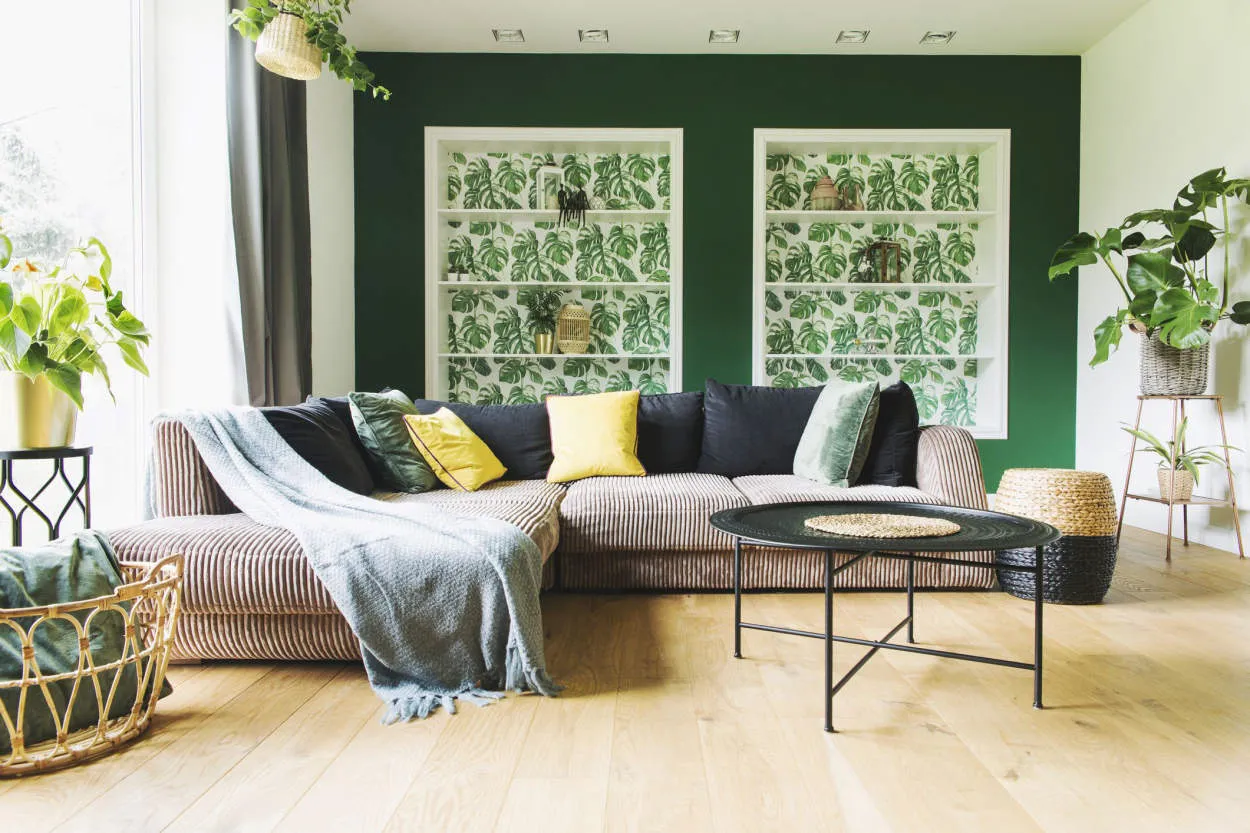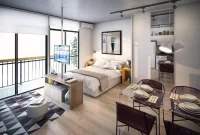Feng Shui, an ancient Chinese practice, offers a unique approach to creating harmony and balance in your living space. In this article, we delve into the art of Feng Shui and discover how you can transform your home into a tranquil sanctuary that promotes positive energy and well-being.
Creating a Balanced and Harmonious Living Environment
Feng Shui, the ancient Chinese art of arranging living spaces, is known to have a significant impact on our physical and emotional well-being. By incorporating the principles of Feng Shui into your living space, you can create a harmonious and balanced environment that promotes positive energy flow.
One of the key aspects of Feng Shui is decluttering and organizing your space. A clutter-free environment allows energy to flow freely and promotes clarity of the mind. Take the time to assess your living space and remove any unnecessary items that are causing clutter.
Another important element of Feng Shui is the positioning of furniture and objects. The placement of furniture should be done in a way that allows for optimal energy flow. Arrange your furniture in a manner that promotes a sense of balance and harmony. Place your bed, desk, and other important pieces of furniture in power positions to enhance productivity and overall well-being.
Natural light and ventilation are also crucial in creating a harmonious living environment. Open your windows regularly to allow fresh air to circulate throughout your space. Maximize the use of natural light by incorporating mirrors and lighter-colored furniture and accessories.
Colors play a significant role in Feng Shui. Choose colors that evoke positive emotions and promote tranquility. Soft, neutral tones like beige, light blue, and pastels are often recommended to create a calming atmosphere. Avoid dark and intense colors that can disrupt the flow of energy.
Finally, don’t forget to incorporate natural elements into your living space. Plants, flowers, and natural materials such as wood and stone can bring a sense of vitality and balance to your environment. They help to purify the air and create a connection to nature.
By applying the principles of Feng Shui, you can create a living space that supports your well-being on multiple levels. Keep in mind that every individual is unique, so it’s important to adapt these principles to suit your personal preferences and needs.
Arranging Furniture to Maximize Energy Flow
Feng Shui, the ancient Chinese art of harmonizing spaces, emphasizes the important role of furniture placement in creating a positive and balanced environment. By arranging furniture with intention, you can enhance the flow of energy, or “Qi,” throughout your living space.
Here are some key principles to consider when arranging furniture to maximize energy flow:
1. Balance and Harmony
Start by creating a sense of balance and harmony in your living space. Place larger furniture pieces against solid walls to provide stability and grounding. Ensure that no single area is overcrowded or empty – aim for an even distribution of furniture throughout the room.
2. Clear Pathways
Avoid blocking natural pathways with furniture. Clear, unobstructed pathways allow energy to flow freely. Arrange furniture so that there is ample space to move around without obstacles, promoting a sense of tranquility and ease.
3. Commanding Position
Consider the concept of the “commanding position” when placing important furniture pieces like sofas or beds. This means positioning them in a way that allows you to see the door without being directly aligned with it. It creates a sense of security and control over your space.
4. Natural Light and Air
Make the most of natural light and fresh air by arranging furniture to optimize their access. Place seating near windows or glass doors to invite abundant natural light and create a connection with the outdoors. Incorporate indoor plants to further enhance the flow of positive energy.
5. Intentional Object Placement
Each piece of furniture should have its purpose and placement. Avoid clutter and unnecessary items, as they disrupt the energy flow. Be mindful of the intention behind each furniture piece, ensuring it aligns with your overall vision for the space.
By following these guidelines, you can create a living space that not only looks aesthetically pleasing but also promotes a harmonious and balanced atmosphere. Remember, furniture arrangement plays a significant role in maximizing energy flow and embracing the principles of Feng Shui.
The Art of Feng Shui: Harmonizing Your Living Space (Design Photos)
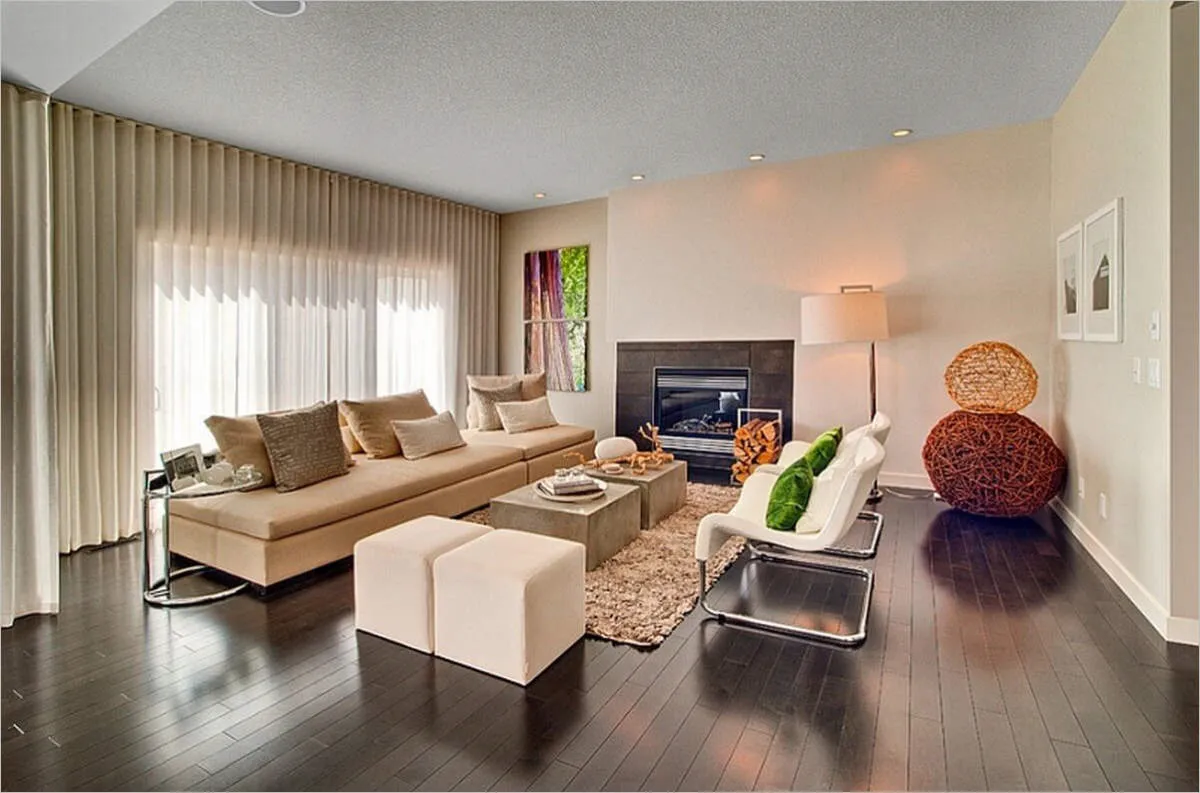
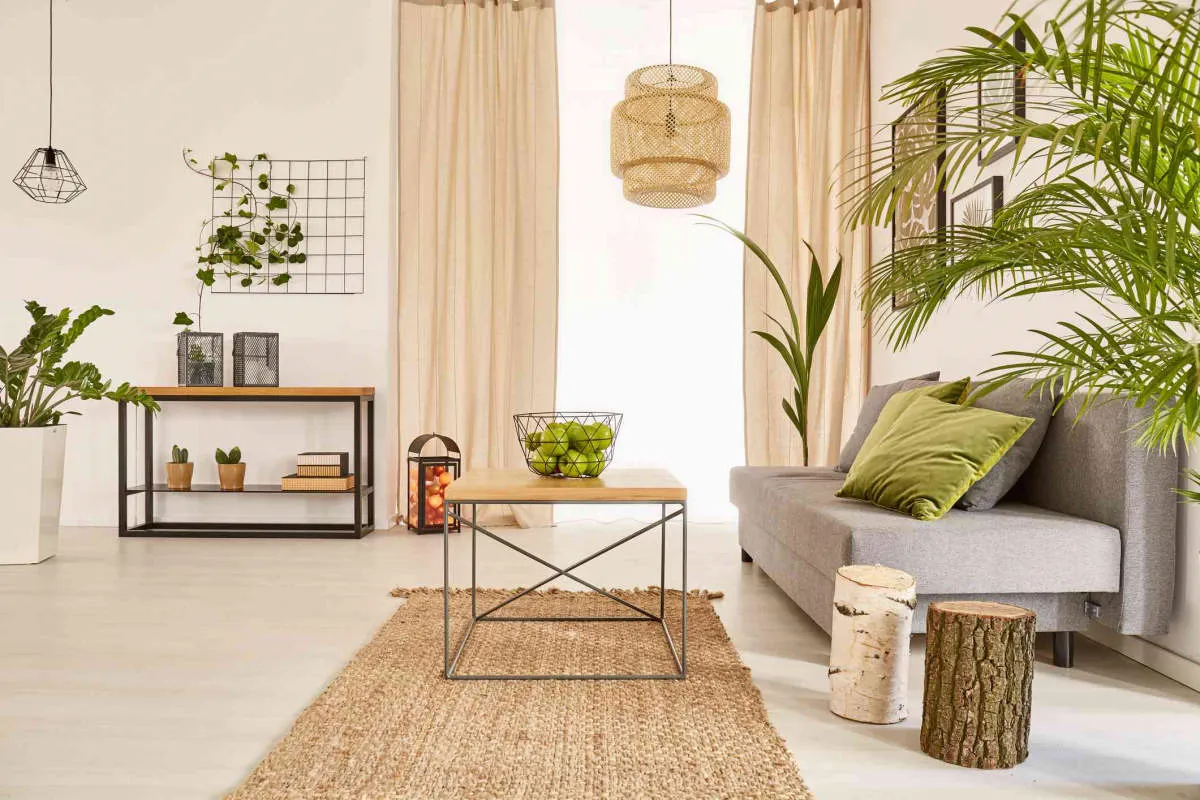
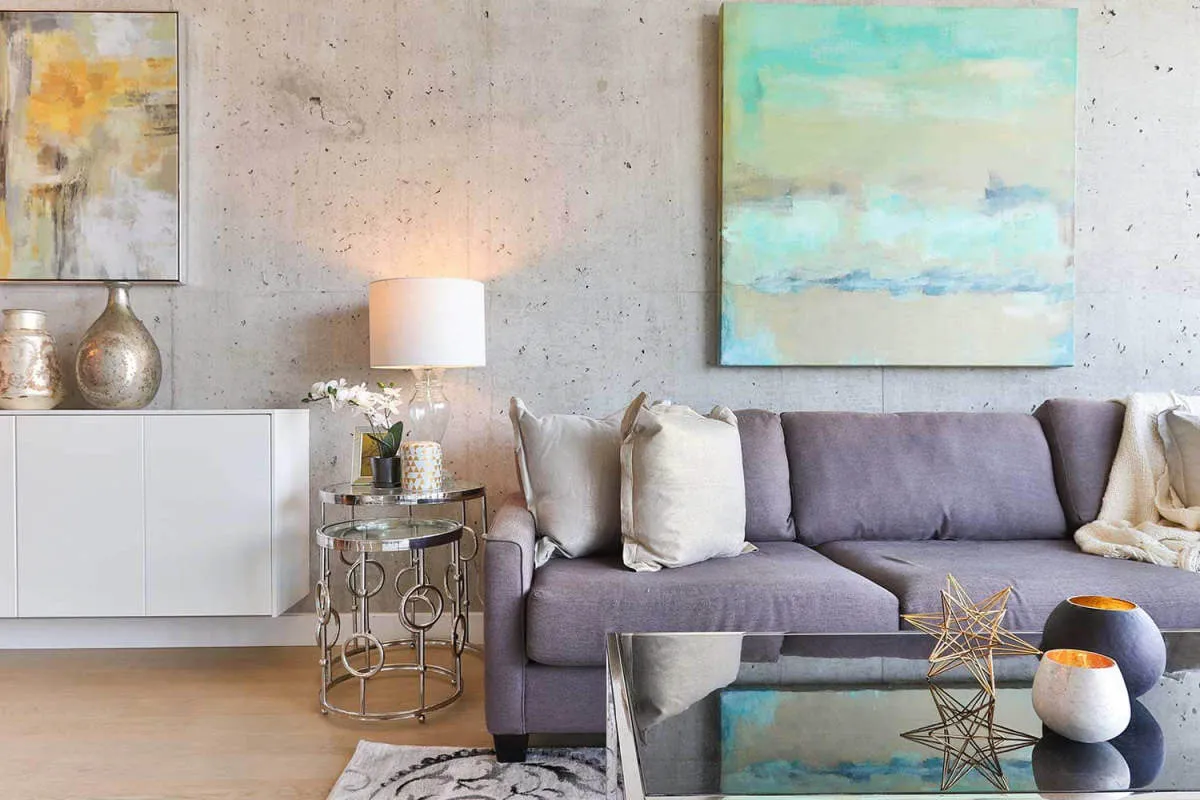
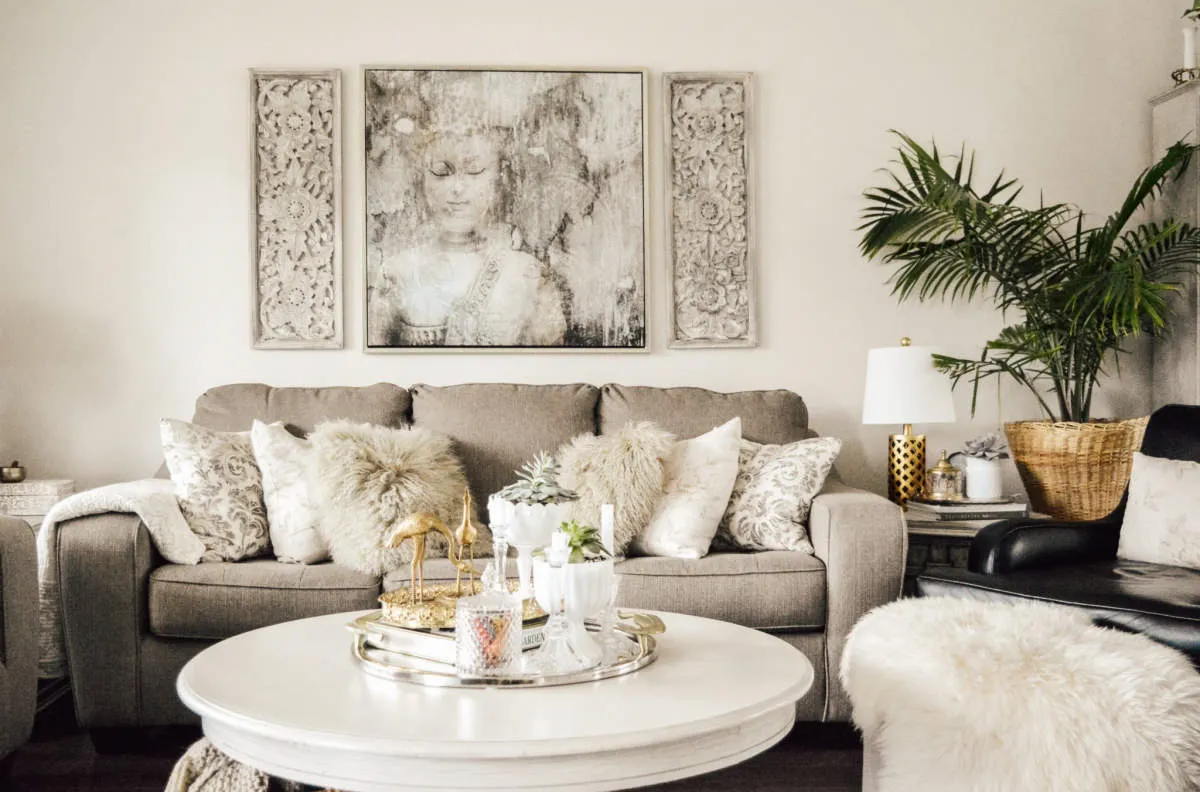

Conclusion
Feng Shui is a powerful tool that can help create harmony and balance in your living space. By understanding its principles and applying them to your home, you can enhance the energy flow, promote positivity, and improve overall well-being. Whether it’s arranging furniture, decluttering, or incorporating the elements, implementing Feng Shui techniques can transform your living space into a sanctuary of peace and tranquility.

